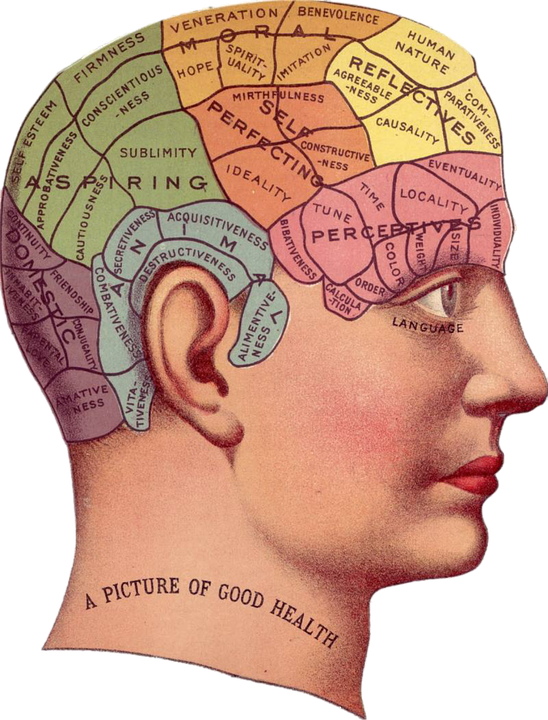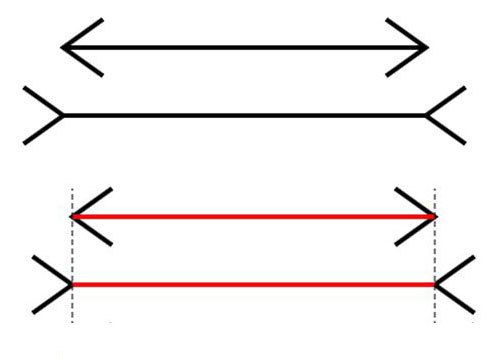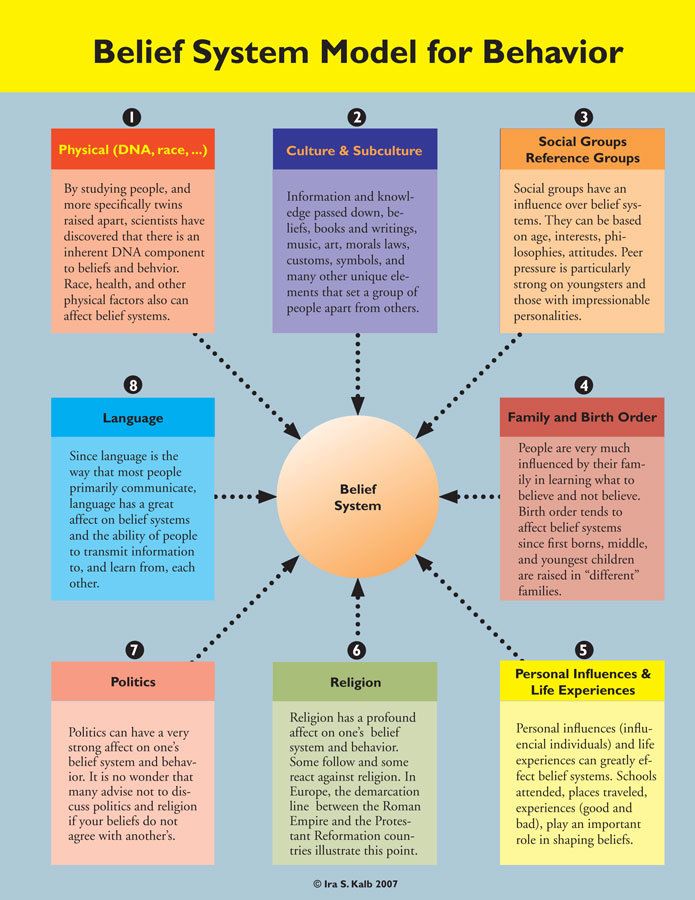
I previously wrote that marketing is so difficult because you have to penetrate the complex web of belief system filters in buyer brains before you have a prayer of selling your products.
That is only half the problem.
The other half is the decision makers in your company are too often making the wrong decisions because their brains are deceiving them. They are inside their own heads rather than in the heads of the people they are trying to sell. Some examples are offered to illustrate the point that you cannot trust what’s in your head.
Seeing is believing bias
How many times have you heard people say “seeing is believing” or “I saw it with my own two eyes.” When you give these people a simple test, they do not make the right choice. In the first figure below, most people perceive the lines to be converging.

If you use a ruler to measure the distance between all the lines in this figure, they are equidistant and completely parallel. In the next example, known as the Müller-Lyer illusion, the line on the top is perceived to be shorter than the line on the bottom, but they are exactly the same length as illustrated in the second set with the red lines.

So many other examples can be provided with colors, shapes, and sizes. Most people make the wrong choice because they trust what they are seeing. What’s even more interesting is that so many things in the universe such as gravity, radio waves, dark matter, and dark energy, cannot be perceived by human senses. Still, most people trust their senses. This is why “eyewitnesses” to a crime too often misidentify the perpetrator in a line up.
To Jonathan Ive, the head designer of Apple with a stellar track record in designing products people love to buy, the Apple G4 Cube was a work of art. He, and others at Apple, loved the design. The problem is that it did not sell – contributing to Apple’s $247 million loss that quarter. Fortunately for Apple and its fans, its “seeing is believing” bias did not sink the company.
Optimism bias
When you think you know better because of your self-assessment of your level of knowledge or experience, you might be right. However, more often than most would like to admit, they are wrong. The data shows that 80% of decision makers overestimate the likelihood of good results and underestimate the probability of bad results. Marketers tend to be optimistic by nature. The most successful marketers retain their optimistic outlook, but do not trust what’s in their own heads. They know that buyers do not always behave as expected. As a result, they do not finalize marketing decisions before checking with their target audience and using multiple independent sources of data. They anchor their beliefs with bona fide information from the marketplace.
Unfortunately, most with the optimism bias don’t support their beliefs with actual information. They have pre-conceived beliefs that what is their’s (kids, products, company, inventions, possessions, and choices) are better. If right, they are more likely to be successful. If wrong, they tend to falter without having the opportunity to fix what is wrong before it’s too late.
More is better bias
Too many company decision makers believe it is better to give customers more choices. Intuitively, this makes sense because many believe that more is usually better. As a result, too many businesses offer more and more products with multiple variations. This increases manufacturing and marketing costs. That’s not a problem as long as there is an adequate return on investment and opportunity costs are properly considered. What is a problem is too many choices lead to confusion, cannibalization, and decision paralysis. The human brain considers no choice as dangerous and too many choices as complex and confusing. When it is too complex or confusing, most buyers will not buy. What’s the right number of choices? It depends. In the absence of reliable data to the contrary in a given situation, three is a good guess. Most people can remember three things without being confused. That’s why Goldilocks found that one cereal was too hot, the other was too cold, and the third was just right. It’s also why there are three levels of awards in the Olympics – Gold, Silver and Bronze, and why the English language gives unique endings to the first three places – 1st, 2nd, and 3rd. Beyond that, endings are the same – 4th, 5th, 6th …
Confirmation bias
People have a tendency to look for information to support their beliefs and ignore data that contradicts them. This is very apparent in the way voters viewed the 2016 US election. Many perceived positive information about their candidate to be true even when it was proven false. This is called confirmation bias. What is most scary about this is that too many make important decisions based on information that confirms their pre-conceived beliefs whether it is true or not. Good marketers understand confirmation bias exists in the brains of potential buyers. Rather than trying to change buyer belief systems (which is very difficult to do in an ad or marketing communication), they focus on telling the “believable truth,” which is the truth told in a way that does not clash with the belief systems of prospective buyers.

When making important decisions, business decision makers suffer from the same bias. As a result, they make the wrong decisions. The best companies can hope for is that these errant decisions will not materially impact the sales and profits of the company.
In the worst case, they can put the company out of business.
Kodak invented the digital camera, but did not bring it to market because of its bias towards film. The market went for digital cameras, and Kodak’s commitment to film put the company into bankruptcy.
The solution
While intuition and expertise can be enormously useful, relying on it alone to make your decisions is becoming riskier as business grows more complex and competitive. The world is far too complicated to rely on what’s in your head or your “gut feel” to make important decisions. To increase your chances for marketing and business success, you need to obtain independent, credible, 3rd-party information to anchor your decisions. The best information is truly independent and not subject to the biases discussed in this post. It should also be corroborated by several trusted sources that do not reap rewards from telling you what you want to hear. Best of luck.
